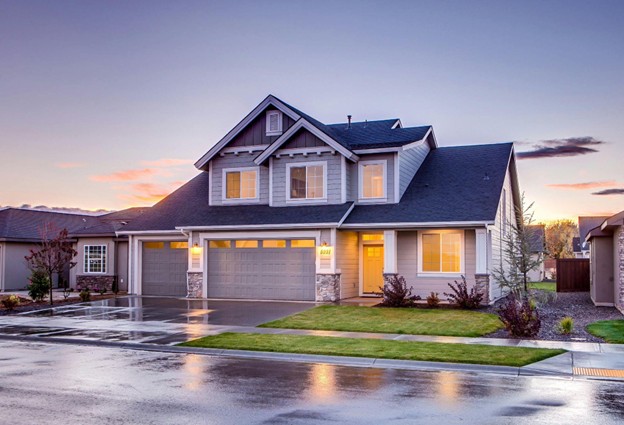
You’ve crossed the finish line, keys in hand, heart full — but now comes the long game. Owning a home means stepping into a rhythm of ongoing responsibility, far beyond the one-time thrill of closing day. Yet many homebuyers underestimate the real costs that unfold quietly over time. From HVAC tune-ups to surprise plumbing breakdowns, maintenance isn’t optional — it’s the backbone of preserving what you’ve worked so hard to acquire. Budgeting for it isn’t just smart; it’s what protects you from getting blindsided. This article breaks down what to expect, how to plan for it, and why getting ahead of upkeep is one of the most important investments you’ll ever make.
Start with a Reliable Annual Baseline
Most financial planners agree: you should set aside one to three percent annually of your home’s value for maintenance. That means a $300,000 home comes with an expected $3,000–$9,000 in yearly care, depending on age, condition, and climate. This isn’t just a ballpark — it reflects real-life wear on roofing, plumbing, exterior paint, and more. While some years may be quieter than others, assuming everything will last indefinitely is wishful thinking at best. To keep up, you need a consistent cushion, not a scramble to fix what failed.
Zoom Into the Systems That Drive the Costs
It’s not about guessing — the costs of homeownership are tied directly to core systems. Plumbing repairs can run you $300–$800; a new water heater might blow past $1,200. HVAC issues? You’re likely in for $150–$500 just for a checkup, and much more if components fail. The same goes for appliance replacements, insulation upgrades, and pest prevention. Knowing these average ranges helps you forecast what might break and when.
Know When To DIY
When your home needs fixing, saving money isn’t just about skipping professionals—it’s about tackling the right projects yourself and squeezing more value out of every dollar. Small fixes you can confidently DIY—like patching drywall, caulking around tubs, changing out cabinet doors, or replacing light fixtures—can shave hundreds off your repair bills if you follow clear guidance. Learning essential skills like unclogging drains or swapping a faucet can stop recurring service calls from eating into your budget. And when larger jobs are unavoidable, comparing quotes from trusted contractors, timing work during off-peak seasons, and shopping sales for materials makes a noticeable difference.
Proactivity Beats Repair Every Time
It’s cheaper — and smarter — to prevent than to patch. Clogged filters left for too long can shorten the lifespan of your furnace. Ignored siding gaps invite pests, moisture, and eventual rot. Leaky faucets raise water bills and increase the risk of mold. Staying on schedule with basic tasks can extend the life of nearly every system in your home. Maintenance may feel like a chore, but it’s the armor that protects your investment. That’s why regular upkeep prevents expensive repairs better than any emergency fund ever could.
Use Tools to Track and Tame the Budget
Keeping track of it all doesn’t have to be a mess of receipts and wishful thinking. Many homeowners now scan maintenance invoices, warranties, and receipts — but the magic is in making those PDFs actually useful. If you’re planning ahead for tax season, insurance reimbursements, or just tracking year-over-year expenses, converting key documents into spreadsheets gives you flexibility and control. For instance, turning service receipts into editable tables lets you slice by category, flag recurring costs, and even forecast next year’s spending. If that sounds appealing, this may help.
Factor in Where You Live and What You Own
Maintenance needs don’t look the same in Minneapolis and Miami. Cold climates demand more from heating systems, while coastal homes battle humidity, salt, and mildew. Larger homes, older homes, and those with specialty features — think skylights, sunrooms, or basements — all increase your time and financial investment. It’s not just the square footage; it’s the age, materials, and local environment that shape your home’s risk profile. Some homeowners will skate by at $2,000/year, others may spend over $10,000 without blinking.
Maintenance isn’t a one-off — it’s a lifestyle. The sooner you start budgeting, the smoother your homeownership journey becomes. Every missed check-up, skipped cleaning, or delayed fix stacks the deck against you. But a little planning can reduce stress, save thousands, and even boost resale value down the road.
Discover expert real estate advice and find your dream home with ease by visiting Properties for Sale in Boston today!
